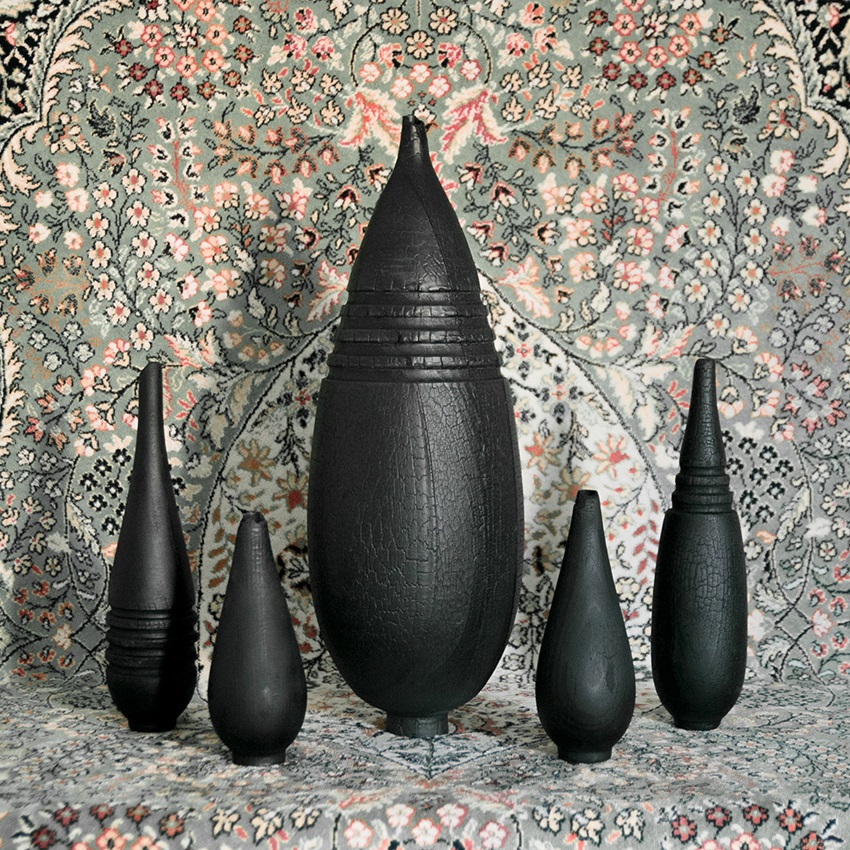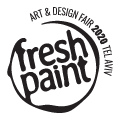FRESH DESIGNERS SELECTED BY TOLLMAN’S

We asked our friends at Tollman’s to highlight a few designers from our Greenhouse, who in turn shared with us some thoughts on design, inspiration and creative work during COVID-19. Here they are:
How do you define your design style?
Our design style is Israeli. As such, it is not tied with a long tradition and is comprised of unconventional combinations between styles and periods – like Italian Radical Design, Pop and Islamic art.
What inspires you?
Trachic Studio bases itself on the belief that beauty surrounds us everywhere, but sometimes you have to peel away some layers in order to see it. The concept of ‘trash’ does not exist for us. We see it as a resource and inspiration, and create products from recycled materials with a unique aesthetic. We developed our design language through a constant dialogue between man and nature, and by thinking of the balance that must exist between them.
How has COVID-19 effected, or still effects your work?
COVID-19 has halted the studio’s work at a critical time: just as we started to feel we were making progress in this challenging and complicated field, COVID-19 has set us back. The difficulties were manifested in very basic things such as being able to move freely and obtain materials, and every simple aspect became complex. We even had to shoot our products for Freshpaint’s online platform in our back yard, because there was a lockdown at the time.
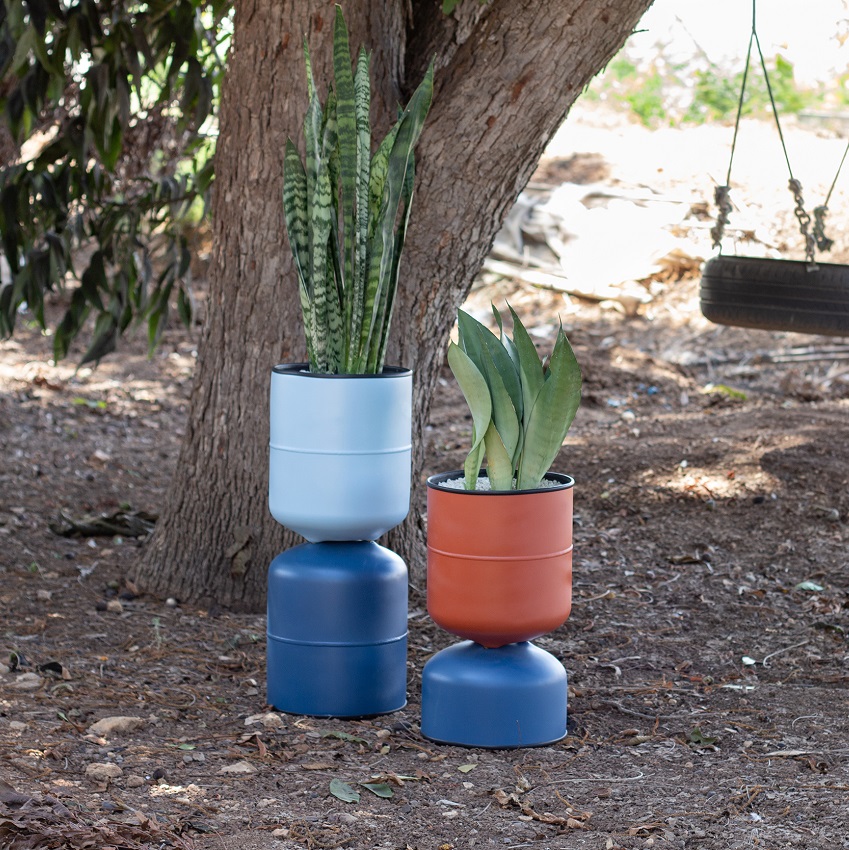
How do you define your design style?
I try to design icons, so that they enter your memory in a positive way. I always incorporate a story through the product, thinking of the feeling you get from the product. I try to give the product a gentle form which still carries something interesting, maybe a contrast or an aesthetic detail.
What inspires you?
I get my inspiration from all around, often from the strangest and least expected places. I love connecting things from different worlds.
How has COVID-19 effected, or still effects your work?
Of course some of the projects came to a halt, but on the other hand there are some several new and interesting ones. Suddenly there’s a demand for creativity and for products I never thought I would design. It’s cool, challenging and fun!
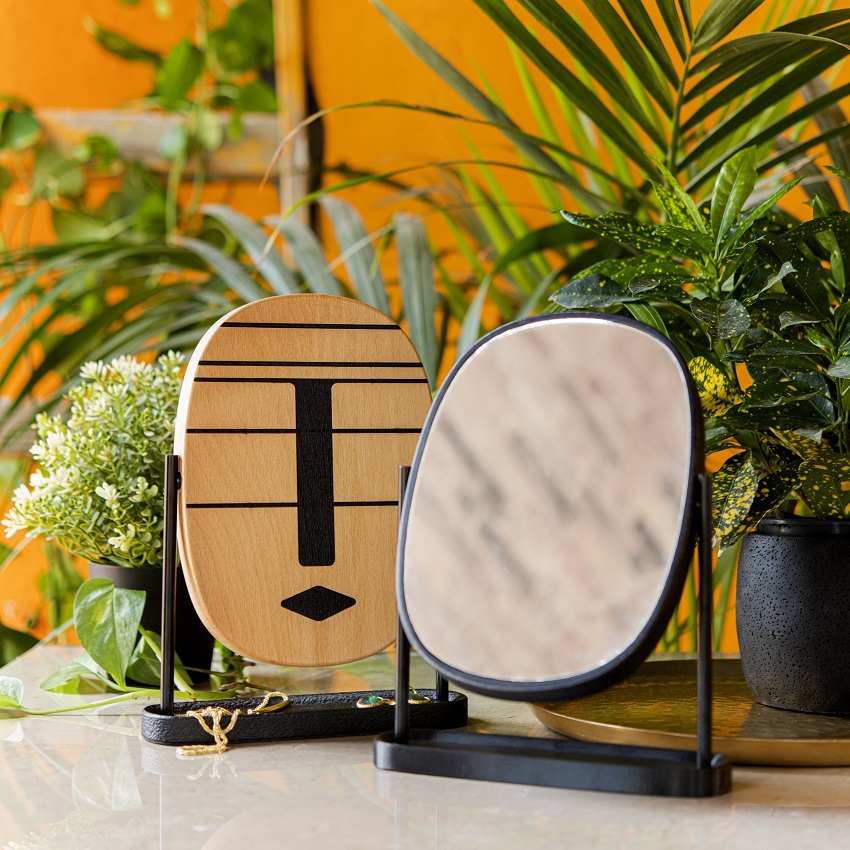
reish Studio – Racheli Sharfstein
How do you define your design style?
The projects I choose to deal with are characterized with a humoristic style, often deriving inspiration from nostalgic childhood games and Slow Design. The objects created in my studio are usually conceptual and personal, and I find it hard sometimes to define them with a “style”. I make sure to use a wide variety of reused materials, with which I try to express a subtle critique of our society, while defining my own artistic boundaries.
What inspires you?
For me, Inspiration lies everywhere, especially in everyday life, filled with details we tend to grow accustomed to and not appreciate fully. When I embrace an inquisitive and childlike outlook everything becomes fascinating and filled with new meaning. Specifically: children’s games and books are almost always the basis for starting each project; peels of organic materials, and perishable food; the random placement of objects on the street and the disorder created in the space; the fashion world; old Tel-Avivian architecture; trips abroad, being exposed to unfamiliar cultures, smells and scents; and ancient tools from different cultures. During COVID-19 I drew great inspiration from food-making and mostly from baking, with reference to mixing materials and changing temperature in order to create a brand new material.
How has COVID-19 effected, or still effects your work?
From a consumerist and ecological standpoint, COVID-19 made us think before impulsive buying, which is very important to the world we live and create in. Also as designers, it’s important to stop and reevaluate before going into production: to understand how much time the product will be used by the consumer and will retain its value. I have always made sure to produce with a minimum amount of waste and a maximum use of the materials, and this awareness of mine has only magnified during COVID-19. At the same time, people have learned to appreciate the home, their living space, where they now spend much more time than before. This highlighted the need to enrich the home with objects and products which bring comfort and happiness, and so businesses creating such items and experiences are in bloom.
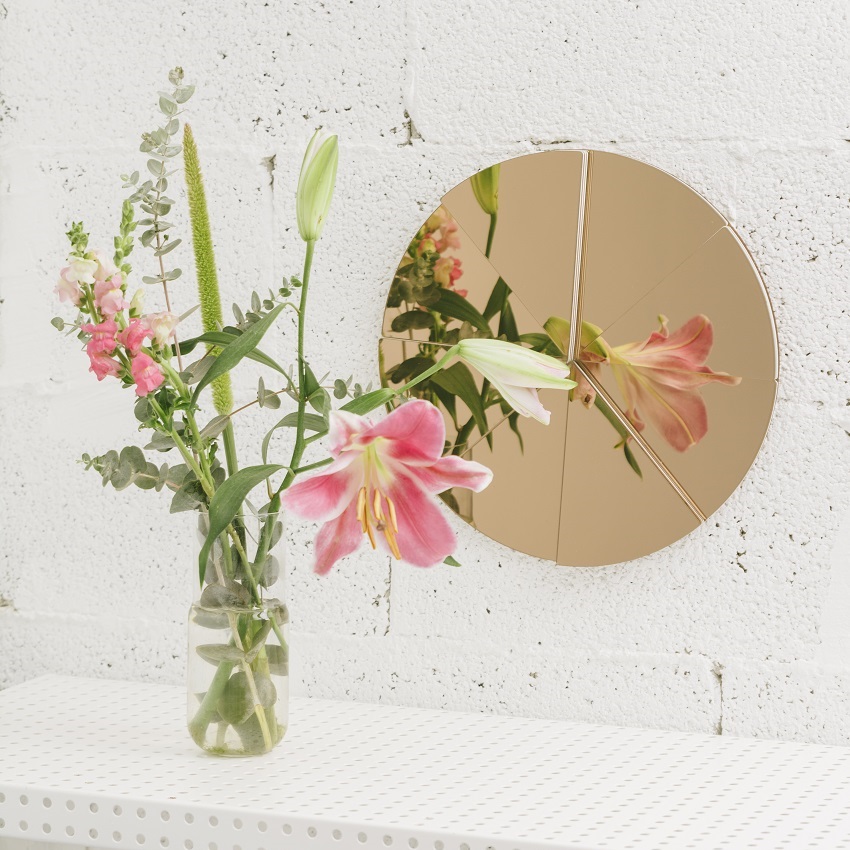
How do you define your design style?
We design whatever excites us. The common denominator concerns our working method: in the creation process we enter a dialogue between the two of us, a ping-pong of ideas stopping only when we begin to get really excited. Our designs try to bring forth a sculptural feeling of manually working with the material, a feeling we work hard to preserve despite the industrial processes of production.
What inspires you?
We start every creation process by looking at everyday things, textures and materials. We constantly search for ways to express our interpretation while looking for a material or technological surprise. For example, the shape of the Bloom lighting fixture takes its inspiration from a towel that was spread on the floor and lifted from its center – the wooden fixture simulates the shape and movement of the fabric.
How has COVID-19 effected, or still effects your work?
COVID-19 has had a great impact on design trends. Many people understand this is the time to invest in the home, as this is our sheltered space in days of social distancing. Many choose to bring in natural and green materials to the interior. In our case, we have placed natural materials and organic shapes at the core of our design. Within an abundance of minimalistic and geometric design, we search for ways to stand out with a soft presence, stemming from a unique material and morphology.
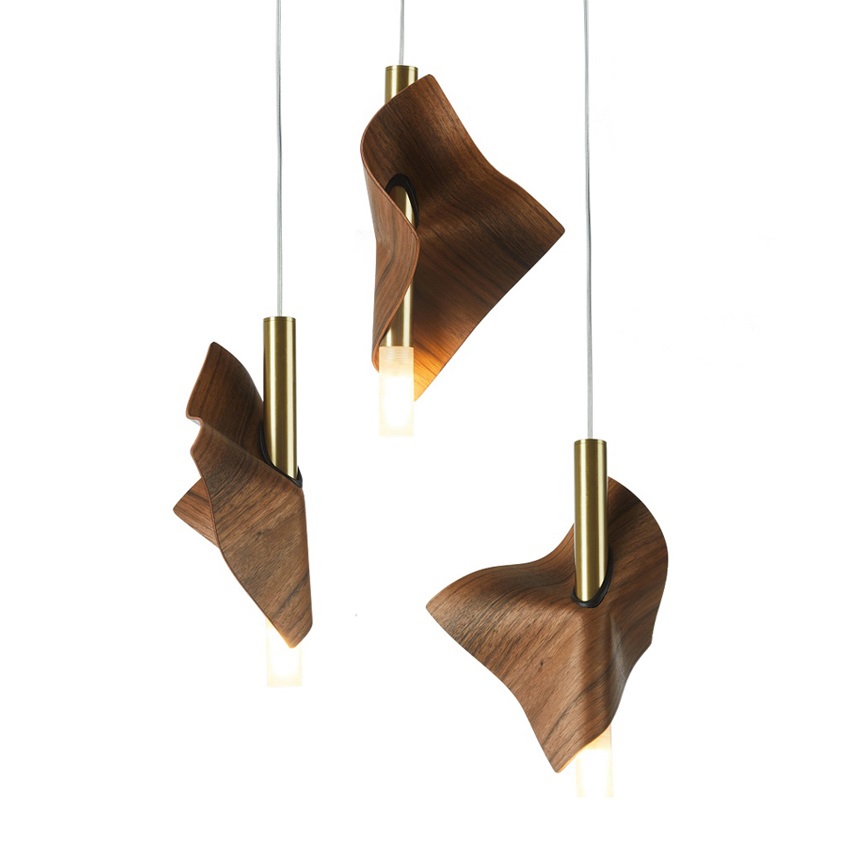
Studio fe – Mikki Mann
How do you define your design style?
I approach design from the program and wisdom of engineering, trying to reach an ecological equilibrium of creation and production. I love it when my items look like a clean spectacle of beauty and aesthetics, a 4K vision of effortlessness. A successful design is such that survives changing trends and manages to be eternally relevant. We can also call it an ecology of design. When an object becomes long lasting simply because it’s good, as it is a successful symbiosis of many parameters.
What inspires you?
Getting inside the head of a designer is like wandering in a space filled with free associations running all over, sometimes converging into a new idea. They say the wheel has already been invented, and that’s true. Still, good design is about surprising, offering something new, sweeping you off into a creative world like no other, making you think “how come no-one thought of this before?”… Inspiration is everywhere around us, all the time! It’s in the high and the low, the unique and the everyday: in museums or in the graffiti of South Tel Aviv, in literature and in tabloid journalism, in film or in a TV binge, in politics or in the truth of life… In fact I found that the more I am exposed to content, I later have the opportunity to use a richer source of inspiration in order to create.
How has COVID-19 effected, or still effects your work?
For the last three years I’ve been living with my family in Holland while manufacturing takes place in Israel, and the business is handled remotely. My amazing clientele is also Israeli. With the emergence of the COVID-19 crisis and as many companies learned to work remotely, I feel like I have an advantage with years of experience in such an operation. In addition, I see the public’s willingness to purchase from Israeli businesses and invest in the Israeli economy, and to abandon the cheap Chinese market for quality products manufactured locally.
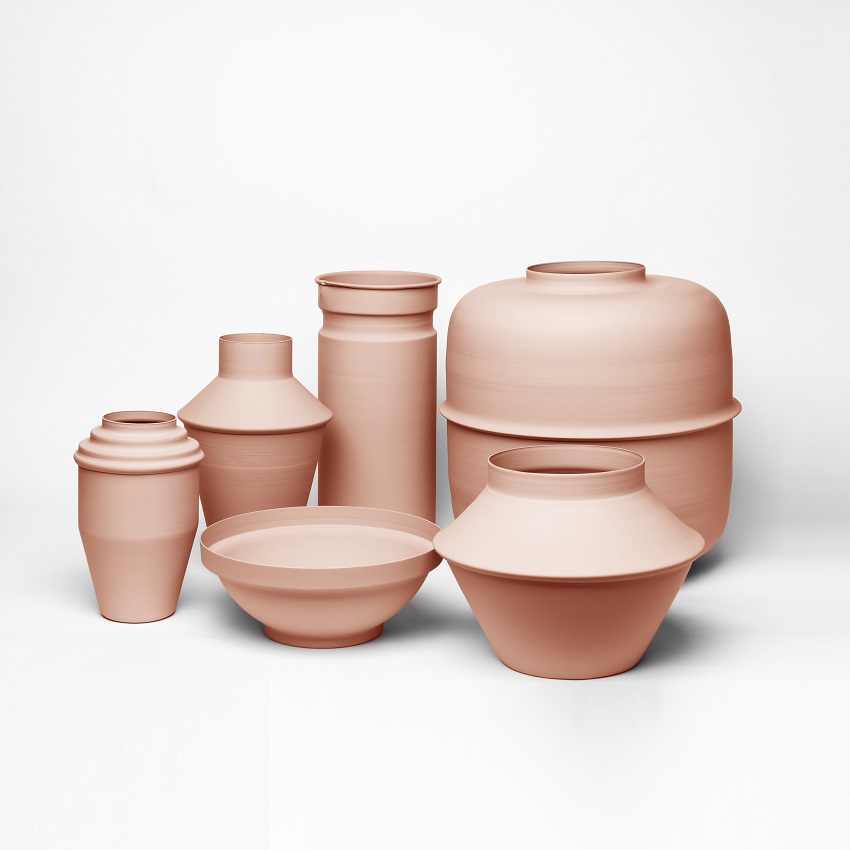
How do you define your design style?
My creation lies on the boundaries between design and art (design art). My design style strives to be multi-disciplinary, and I try not to define it but rather always extend the range of my practice. I often create new connections and contexts between natural materials and phenomena, and every-day or cultural artifacts. The integration between the different worlds is the essence of the work for me. My connection to nature and its rich and unique aesthetic comes to play in the narratives which accompany each of my projects. A significant motif in my creation is leaving room for the unexpected, playing with control and releasing it when it comes to natural materials. This sometimes allows me to take a substantial part in dictating the object’s final look, and sometimes the materials do it for me.
What inspires you?
I collect my inspirations mostly from my environment as an Israeli man and as a designer reacting to what’s going on in Israel and in the world. I’m influenced by culture, people, and nature. I express my inner world through objects and experiences, and in each project I try to tell a story which sheds a new and interesting light on the material. My sources of inspiration for works are diverse and changing: from the century-old corrosion developed on bronze sculptures in a sculpture park in Hungary, through the aesthetics hidden in natural disasters like wildfires, to collecting seaweed on the shore and creating a visual mapping of them. Design research, whether it is material or cultural, is an inherent part of my work process, allowing me to widen the scope I’m working in and delve deeper into things. I deal a lot with the range between concept and context, trying to express in the creation process values which are important to me such as sustainability and environmental protection, or personal and aesthetic values.
How has COVID-19 effected, or still effects your work?
COVID-19 has had a significant impact on my plans. Several exhibitions I was supposed to participate in in Israel and abroad were cancelled or postponed indefinitely. There’s also a lot of uncertainty regarding the projects I dealt with at the beginning of the COVID crisis. Of course there’s also stress in relation to livelihood – people are re-prioritizing, placing necessity over what’s considered a luxury, and I feel that. However, to tell the truth, the moment I let go a little and embraced the current situation, I’ve started to delve deeper in to my practice. It’s an amazing time I am able to dedicate to myself, to my personal development and to creating out of true desire and joy. I started creating the Burnt collection during the first lockdown, and since then I keep working on it daily and developing it. Besides that, I feel this is exactly the right time – as people are spending more of their time in the home space, the importance of home aesthetics is greater than ever.
